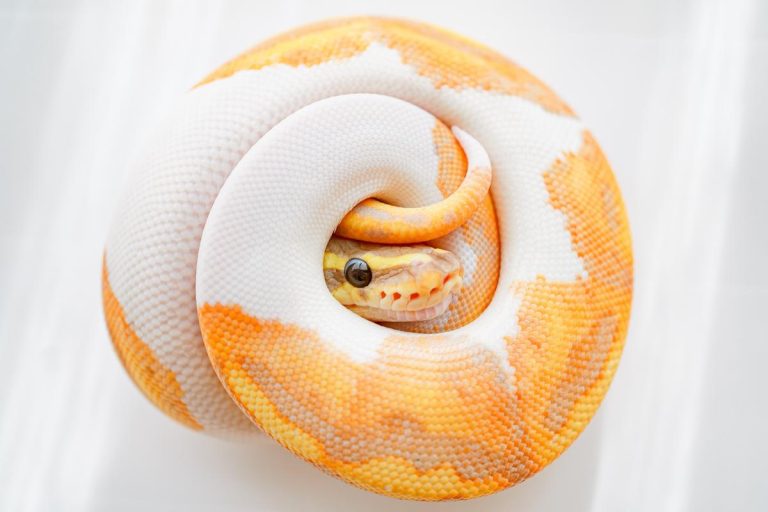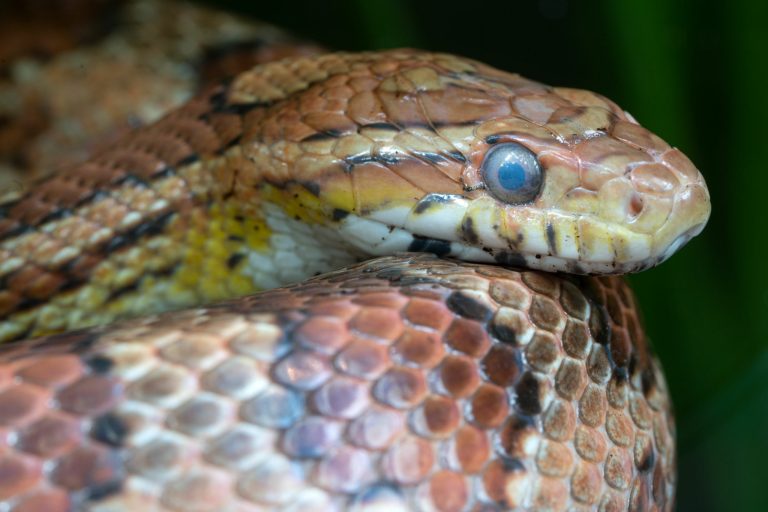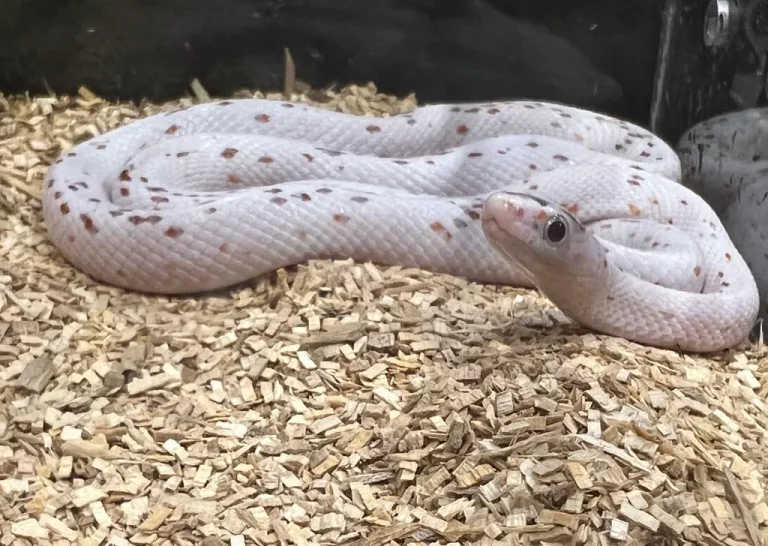Why Is My Snake Plant Turning Yellow: 10 Reasons
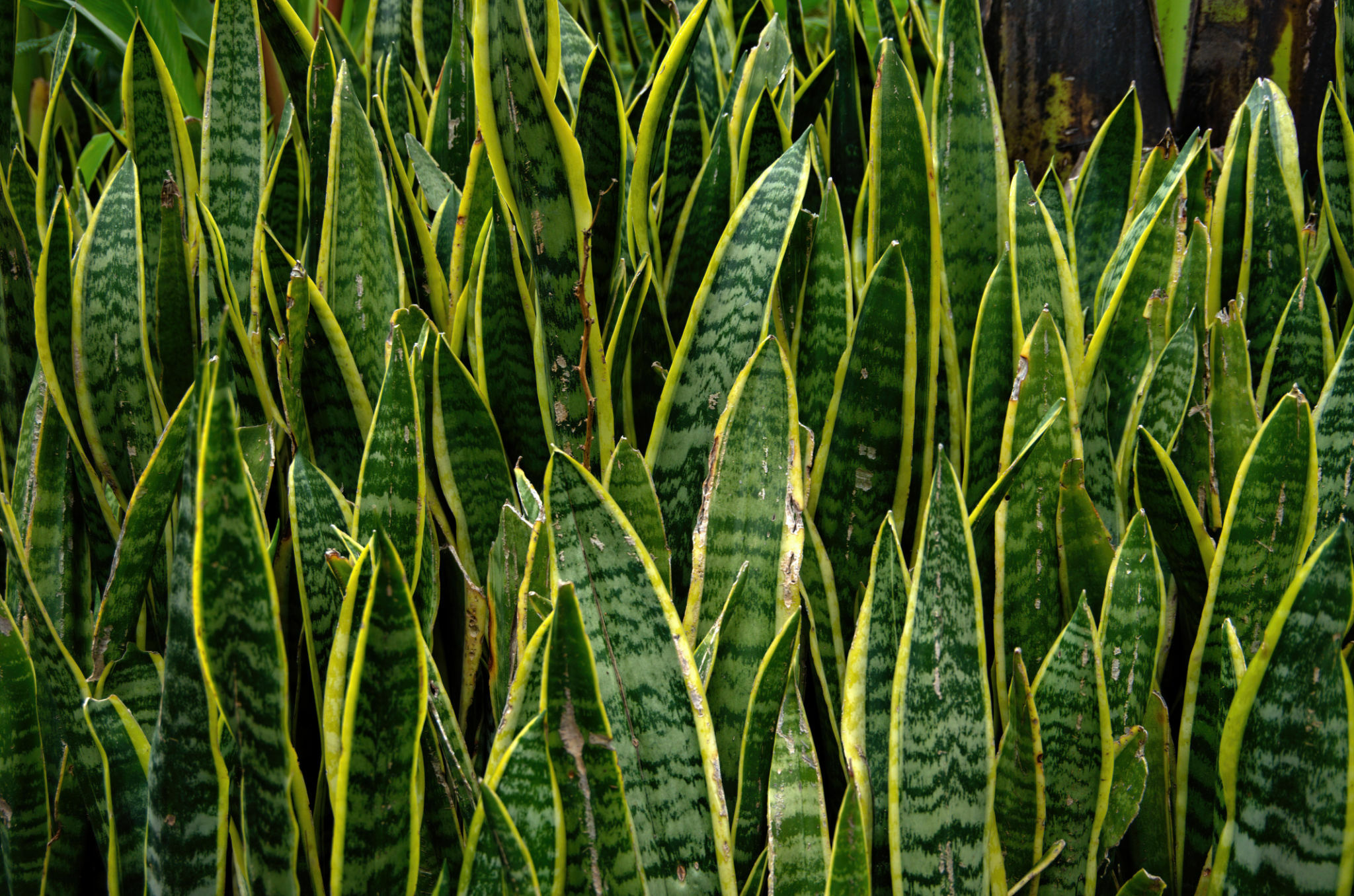
Table of Contents
Discover the 10 reasons Why My Snake Plant Turning Yellow. From light exposure to pests, learn how to revive your plant’s vibrant greenery. Boost your plant care knowledge now!
We understand the concern you may have when you notice your beloved snake plant exhibiting signs of distress, particularly when its vibrant green leaves start turning yellow. In this comprehensive guide, we’ll delve into the 10 reasons why your snake plant might be undergoing this undesirable transformation.
Why is My Snake Plant Turning Yellow?
There are the following reasons Why your Plant is Turning Yellow.
Inadequate Light Exposure
One common culprit for yellowing snake plant leaves is insufficient light exposure. These hardy plants thrive in indirect sunlight, and a lack thereof can impede their chlorophyll production, leading to yellowing. Ensure your snake plant receives the right amount of light for optimal growth.
Overwatering Woes
While snake plants are known for their resilience, overwatering can be detrimental. Waterlogged soil can cause root rot, inhibiting the plant’s ability to absorb nutrients and resulting in yellow leaves. Maintain well-draining soil and let it dry out between watering sessions.
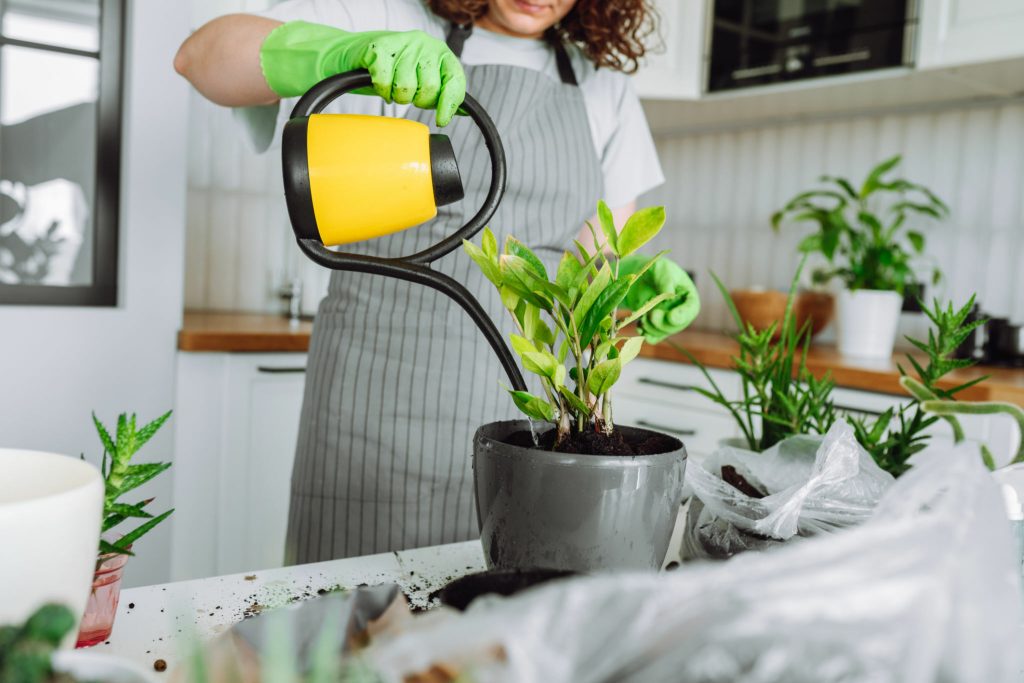
Poor Soil Quality
The type of soil your snake plant resides in plays a crucial role. If the soil lacks proper drainage or is nutrient-deficient, the plant may suffer, manifesting in yellowing leaves. Consider repotting your snake plant in well-aerated soil with the right mix of nutrients.

Temperature Extremes
Extreme temperatures, whether too hot or too cold, can stress your snake plant. This stress may manifest as yellowing leaves. Ensure your plant is in a suitable environment with temperatures ranging between 70°F to 90°F for optimal growth.
Pests and Pathogens
Keep a keen eye for pests such as spider mites or fungal infections that could be compromising your snake plant’s health. These invaders can disrupt the plant’s natural processes, leading to discoloration. Treat promptly with appropriate pesticides or fungicides.
Nutrient Deficiency
Yellowing leaves can be a sign of nutrient deficiency, especially if your snake plant isn’t receiving the necessary nutrients. Consider using a balanced fertilizer to provide the essential elements, including nitrogen, phosphorus, and potassium, crucial for healthy foliage.
Pot Size Matters
A cramped pot can hinder your snake plant’s growth, causing stress and, consequently, yellowing leaves. Ensure your plant has adequate space for its roots to expand by repotting into a larger container when needed.
Inadequate Humidity Levels
While snake plants are adaptable to various humidity levels, extremely low humidity can contribute to leaf yellowing. Consider misting the plant or placing a humidifier nearby to maintain an optimal humidity range.
Age-related Changes
It’s essential to recognize that some yellowing may be a natural part of the aging process for snake plants. Older leaves are naturally yellow and die off as the plant continues to grow. Regularly prune these yellowing leaves to promote overall plant health.
Chemical Exposure
Exposure to harmful chemicals, whether from cleaning products or air pollutants, can impact the health of your snake plant. Ensure your plant is placed in a clean environment, away from potential chemical hazards.
Final Words
In conclusion, addressing the underlying issues causing your Snake Plant to turn yellow is crucial for its well-being. By identifying and rectifying these factors, you can ensure a vibrant and thriving snake plant in your indoor oasis.
People also ask
How do I fix yellow leaves on my snake plant?
Adjust light exposure, ensure well-draining soil, and prune yellow leaves. Maintain optimal humidity, use a balanced fertilizer, and repot if needed.
What does an overwatered snake plant look like?
An overwatered snake plant exhibits yellow, mushy leaves. To remedy this, allow the soil to dry between waterings and ensure proper drainage.
Can yellow leaves turn green again?
In some cases, yes. Correct the underlying issue causing yellowing, provide proper care, and new growth may restore the plant’s vibrant green color.
How do you fix yellow leaves on plants?
Identify the specific cause—light, water, nutrients, or pests. Adjust care accordingly, prune affected foliage, and monitor the plant’s health for improvement.

